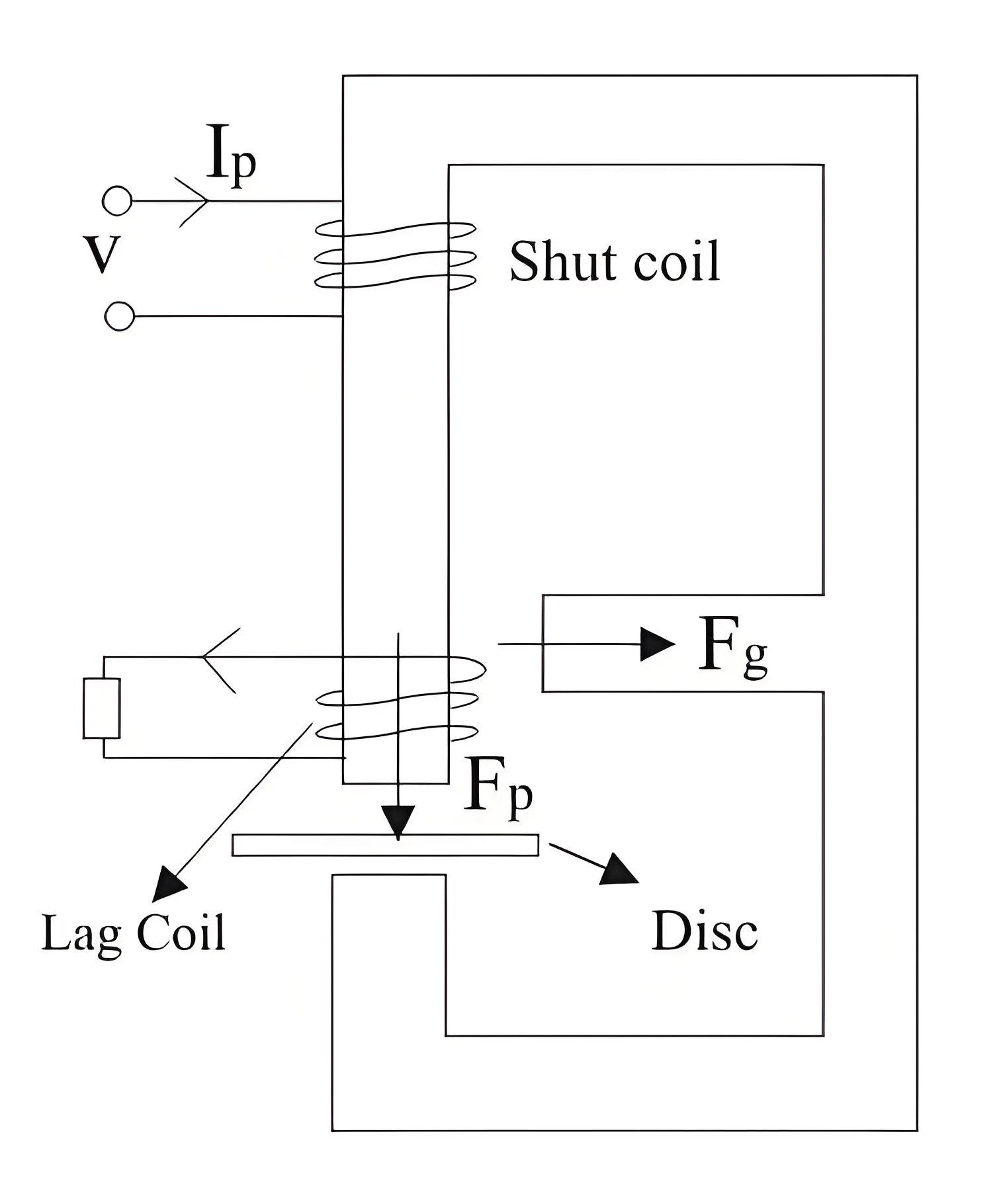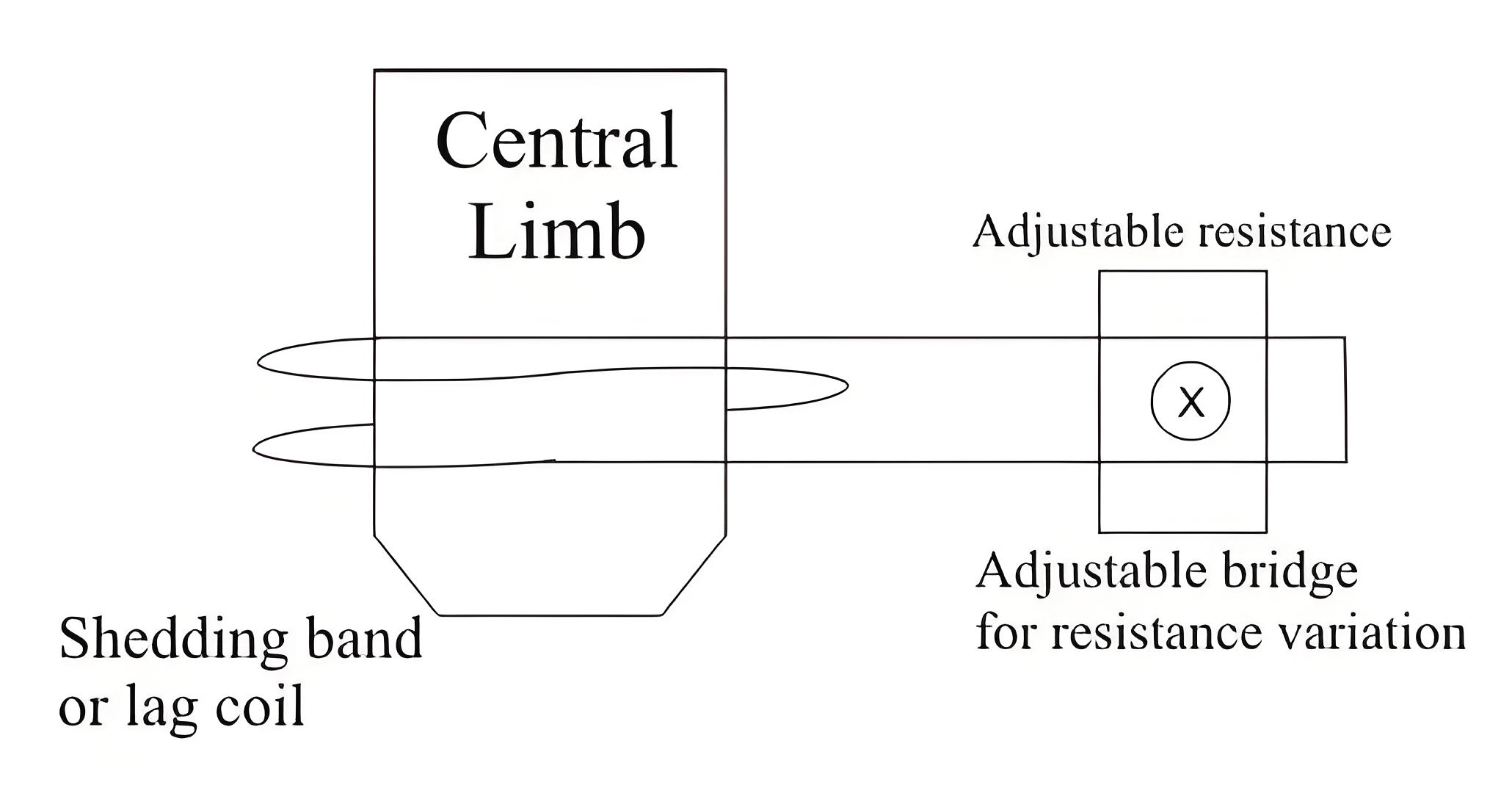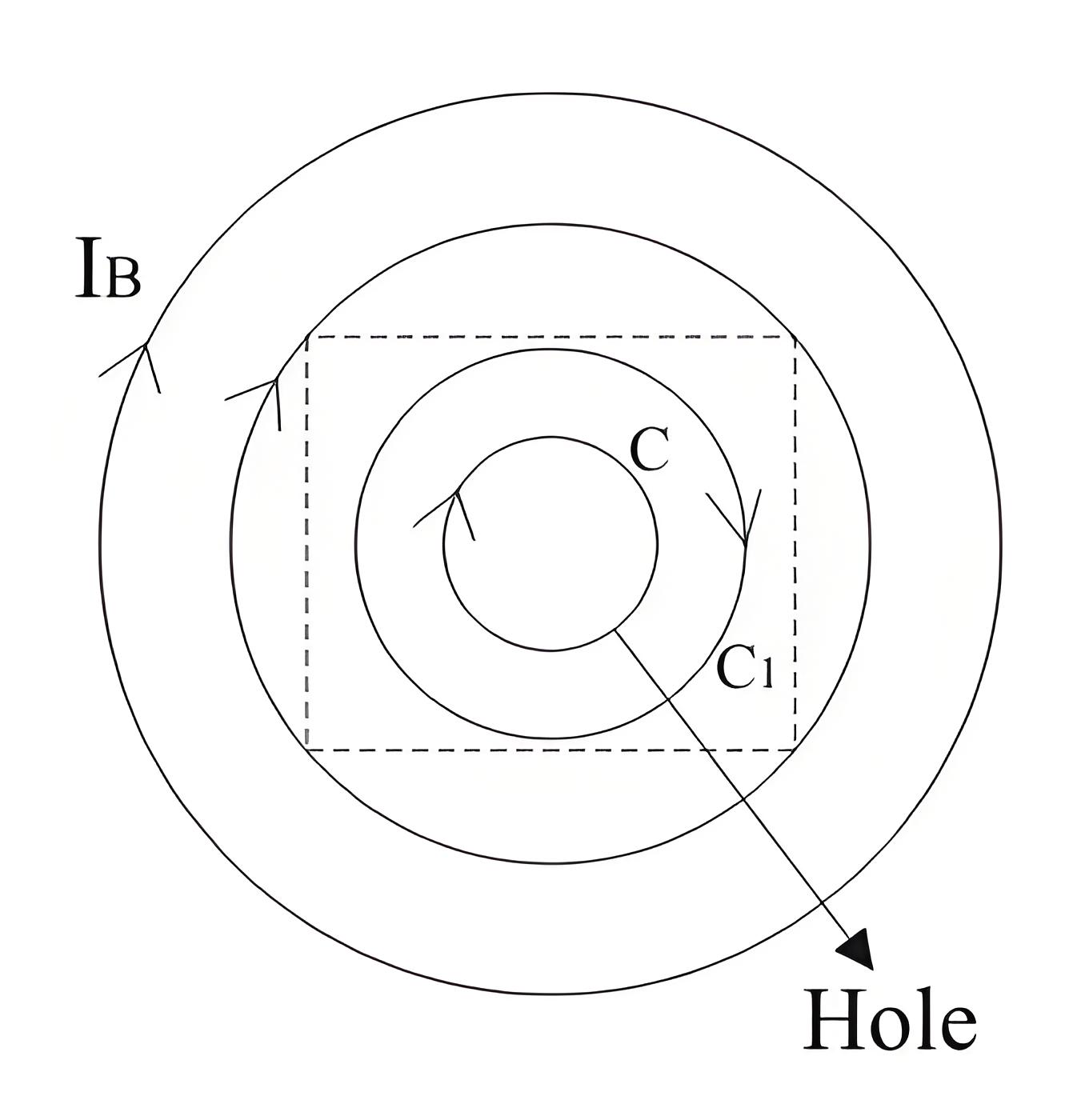Energy Meter with Lag Adjustment Devices
Energy Meter Definition
An energy meter is a device that measures electric energy consumption.
Lag Adjustment in Energy Meter
In induction type energy meters, the rotation speed should match the power by keeping the phase angle between the supply voltage and pressure coil flux at 90 degrees. In reality, this angle is slightly less than 90 degrees. Lag adjustment devices help correct this phase angle. Let’s consider the figure beside:

In the figure, another coil called the lag coil is introduced on the central limb with turns equal to N. When the supply voltage is given to the pressure coil, it produces flux F, which splits into Fp and Fg. The Fp flux cuts the moving disc and links with the lag coil, inducing an emf El that lags Fp by 90 degrees.
The current Il also lags Fl by 90 degrees, and the lag coil produces flux Fl . The resultant flux cutting the disc combines Fl and Fp , aligning with the resultant mmf of the lag or shading coil. The mmf of the shading coil can be adjusted by two methods:
By adjusting electrical resistance.
By adjusting shading bands.
Let us discuss these points in more detail:
Adjustment of coil resistance:

If the coil’s electrical resistance is high, the current will be low, decreasing the coil’s mmf and the lag angle. Lowering the resistance by using thicker wire in coils can adjust the lag angle. Adjusting electrical resistance indirectly changes the lag angle.
By adjusting the shading bands up and down on the central limb we can adjust lag angle because when we move shading bands upward, then they embrace more flux hence the induced emf increases therefore mmf increases with increase in the value of lag angle.
When we move shading bands downwards then it will embrace less flux hence the induced emf will decrease therefore mmf decreases with decrease in the value of lag angle. So by adjusting the position of shading bands we can adjust the lag angle.
Friction Compensation

To compensate for friction, a small force is applied in the disc’s rotation direction, which should be load-independent for accurate readings at light loads. Overcompensation can cause creeping, defined as the disc’s continuous rotation by energizing the pressure coil with no current in the current coil.
To prevent creeping, two holes are drilled opposite each other on the disc, distorting the eddy current path. This shifts the center of the eddy current paths from C to C1, creating a magnetic pole at C1. The disc will creep until the hole reaches the pole’s edge, where the rotation is stopped by the opposing torque.
Overload Compensation
Under load conditions, the disc continuously moves, inducing a dynamically induced emf due to rotation. This emf generates eddy currents that interact with the series magnetic field to produce a breaking torque. This breaking torque, proportional to the square of the current, increases and opposes the disc’s rotation.
To avoid this self-breaking torque, the disc’s full load speed is kept low. Errors in single-phase energy meters are caused by both the driving and braking systems and can be separated as follows:
Error caused by Driving System
Error Due to Non SymmetricalMagnetic Circuit:If the magnetic circuit is not symmetrical there produce a driving torque, due to which meter creep.
Error Due to Wrong Phase Angle:If there is not a proper phase difference between the various phasors then it results in improper rotation of disc. Improper phase angle is due to improper lagadjustment, variation of resistance with temperature or it may be due to abnormal frequency of supply voltage.
Error Due to Wrong Magnitude of Fluxes:There are several reasons for wrong magnitude of fluxes out of these main reasons are abnormal values of current and voltage.
The Electricity Encyclopedia is dedicated to accelerating the dissemination and application of electricity knowledge and adding impetus to the development and innovation of the electricity industry.













